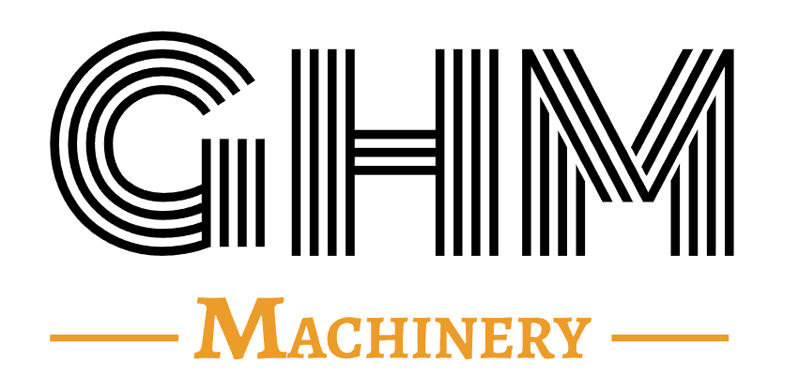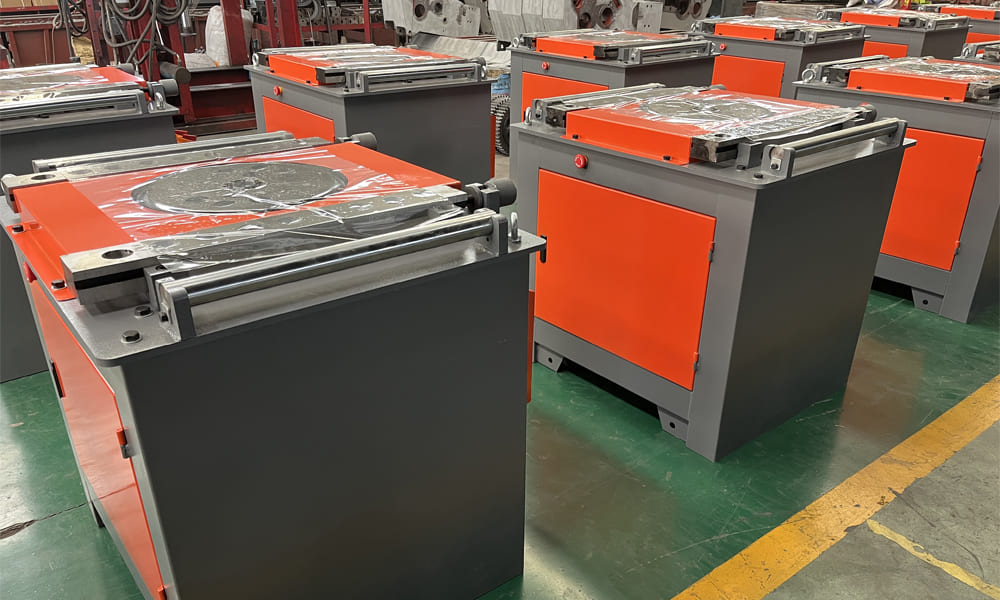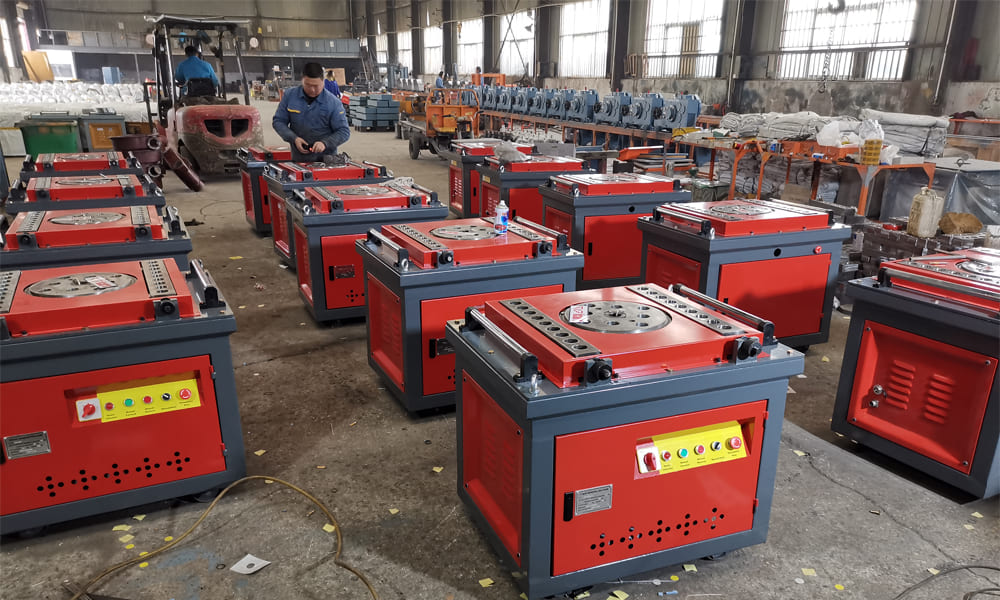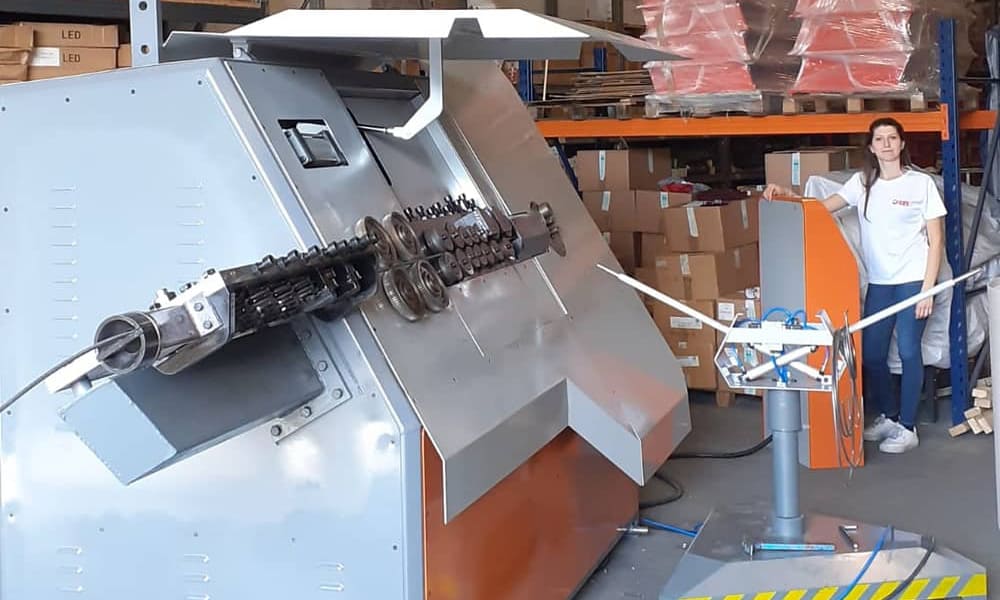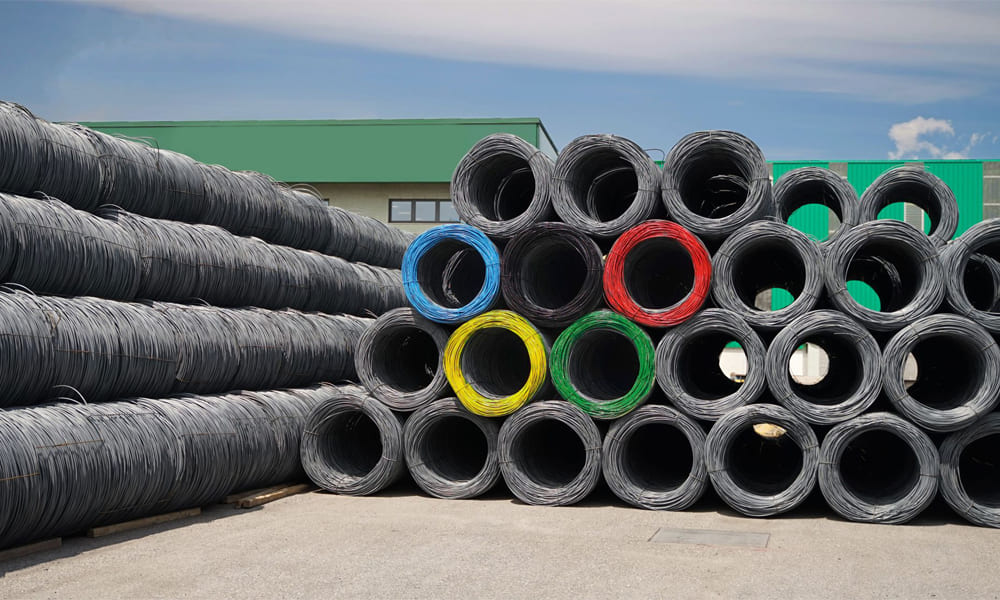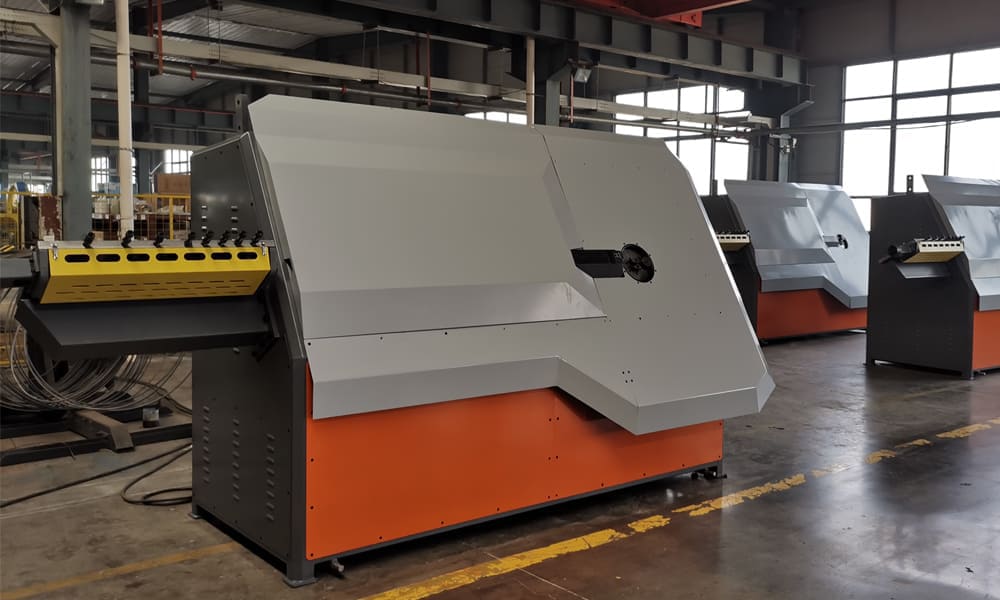Bar Bending Equipment: Types, Features, and Operating Guide
A Bar Bending Equipment is a specialized tool designed to bend steel bars (rebars) into precise shapes for construction applications. This equipment plays a crucial role in reinforcing concrete structures by shaping rebars into stirrups, hooks, arcs, and custom angles based on project requirements.
Types of Rebar Bending Equipment
1. Manual Rebar Bending Machine
This type is manually operated using a lever or handwheel. It is best suited for small-scale projects and bending rebars with a diameter of 12mm or less.
Pros: Simple design and low cost.
Cons: Labor-intensive and low productivity.
2. Semi-Automatic Rebar Bending Machine
Driven by an electric motor, this machine requires manual positioning and angle adjustment. Ideal for medium-volume operations, it offers better efficiency than manual models.
3. Fully Automatic CNC Rebar Bending Machine
Controlled by a CNC system, this machine automatically executes multi-angle bends with high precision. It’s perfect for high-volume production.
Pros: High accuracy and productivity.
Cons: Higher investment cost.
4. Hydraulic Rebar Bending Machine
Powered by a hydraulic system, this model is suitable for bending large-diameter rebars (25mm and above). It offers strong force and stable performance.
Key Components
-
Motor: Provides power (electric or hydraulic).
-
Working Disk: Contains fixed and bending pins to form bends.
-
Baffle: Controls rebar positioning.
-
Control Panel: Available in CNC models for angle and position settings.
-
Safety System: Prevents accidents during operation.
How It Works
The rebar is placed between the fixed and bending pins on the rotating disk. Once activated, the bending pin rotates, forcing the bar to bend around the fixed pin to the desired angle.
Operation Guide
-
Inspect the machine for stability, power, and lubrication.
-
Set bending parameters (e.g., 90°, 135°).
-
Place the rebar securely against the baffle.
-
Start the machine and monitor the process.
-
Remove the bent rebar promptly after completion.
Safety Tips
-
Always wear gloves and fitted workwear.
-
Perform regular checks on motors and grounding systems.
-
Never exceed the machine’s rated capacity.
-
Use the emergency stop button in case of malfunction.
-
Keep the workspace clean and hazard-free.
Maintenance
-
Clean and lubricate the machine daily.
-
Replace worn parts like bending pins and baffles.
-
If unused for a long time, disconnect power and apply anti-rust treatment.
Troubleshooting
-
Rebar slipping? Check clamps and clean oily surfaces.
-
Incorrect angle? Recalibrate the baffle or CNC settings.
-
Noise or shaking? Inspect for worn gears or loose bolts.
Choosing the Right Rebar Bending Equipment
-
Match the machine model with rebar diameter (e.g., GW40 for 6–40mm bars).
-
Manual or semi-automatic for small projects; CNC for large production.
-
Consider extra features like bidirectional bending and mold switching.
By selecting the right model and following proper operating and maintenance procedures, a rebar bending machine can significantly enhance processing efficiency and ensure safety on construction sites. For optimal performance, ensure operators are professionally trained before use.
